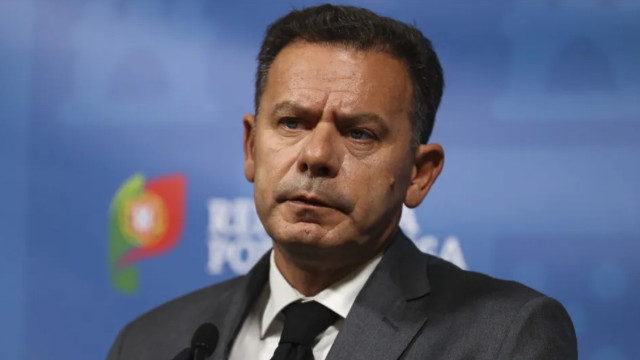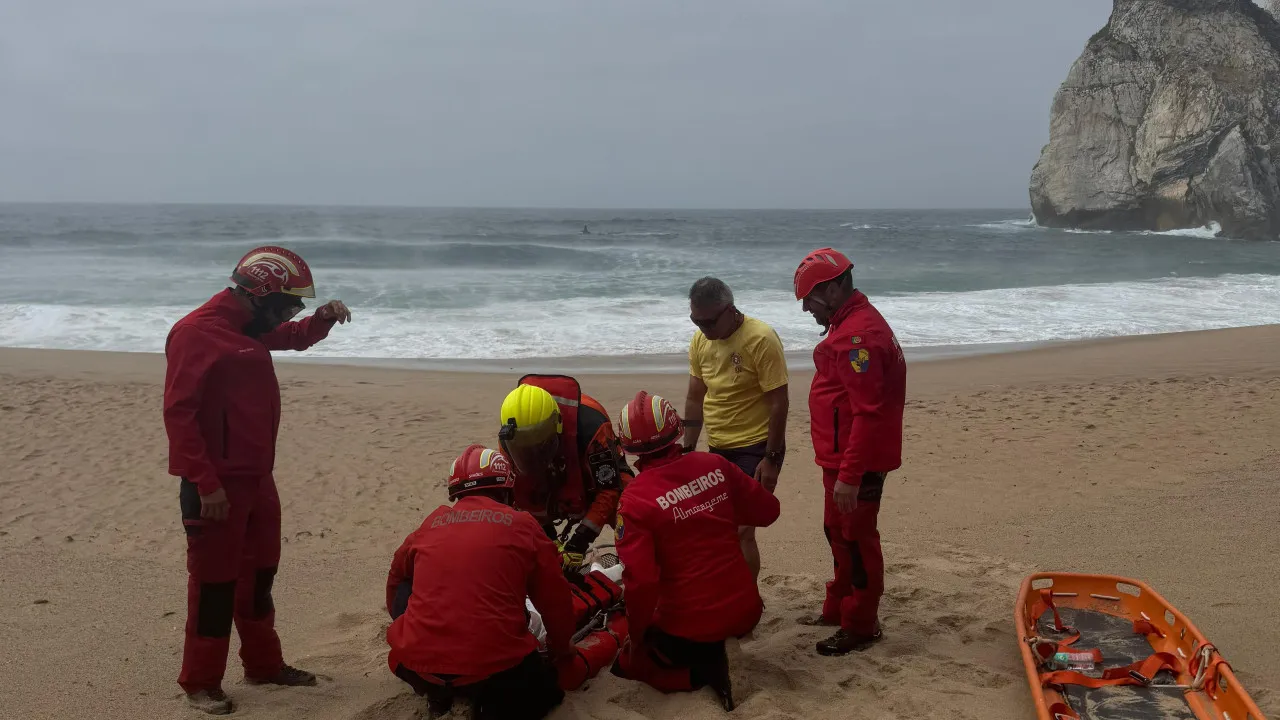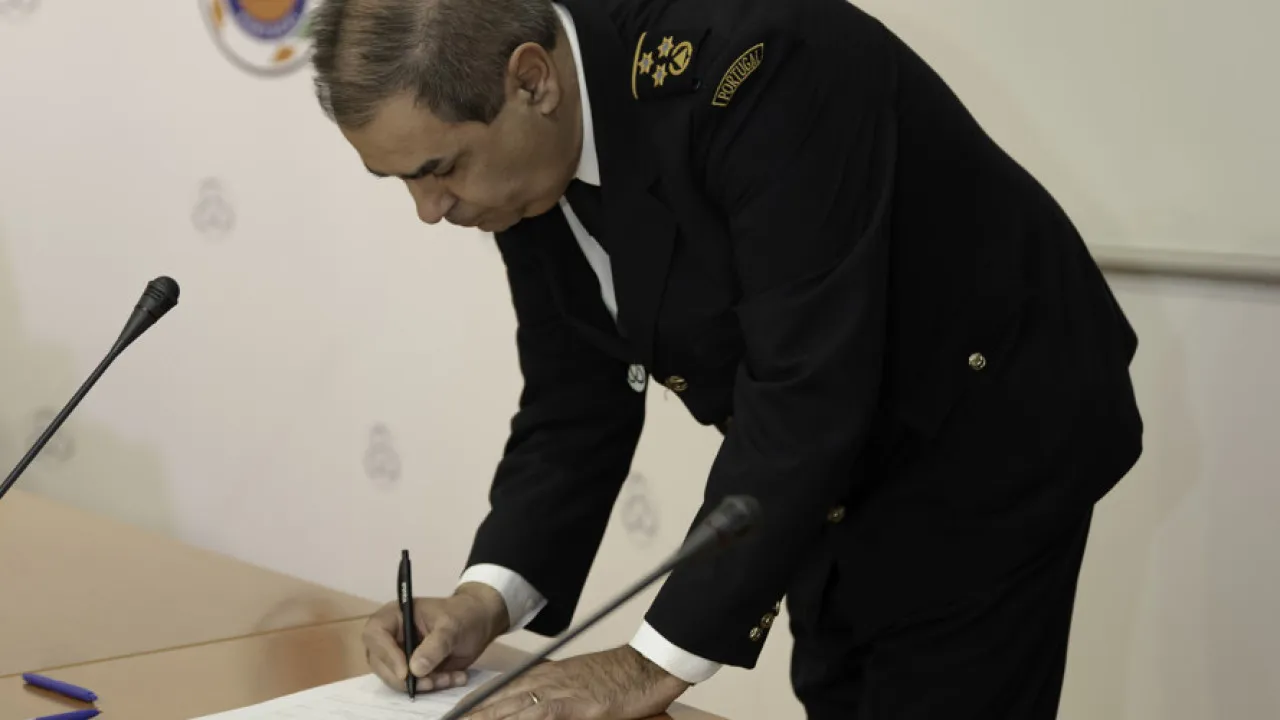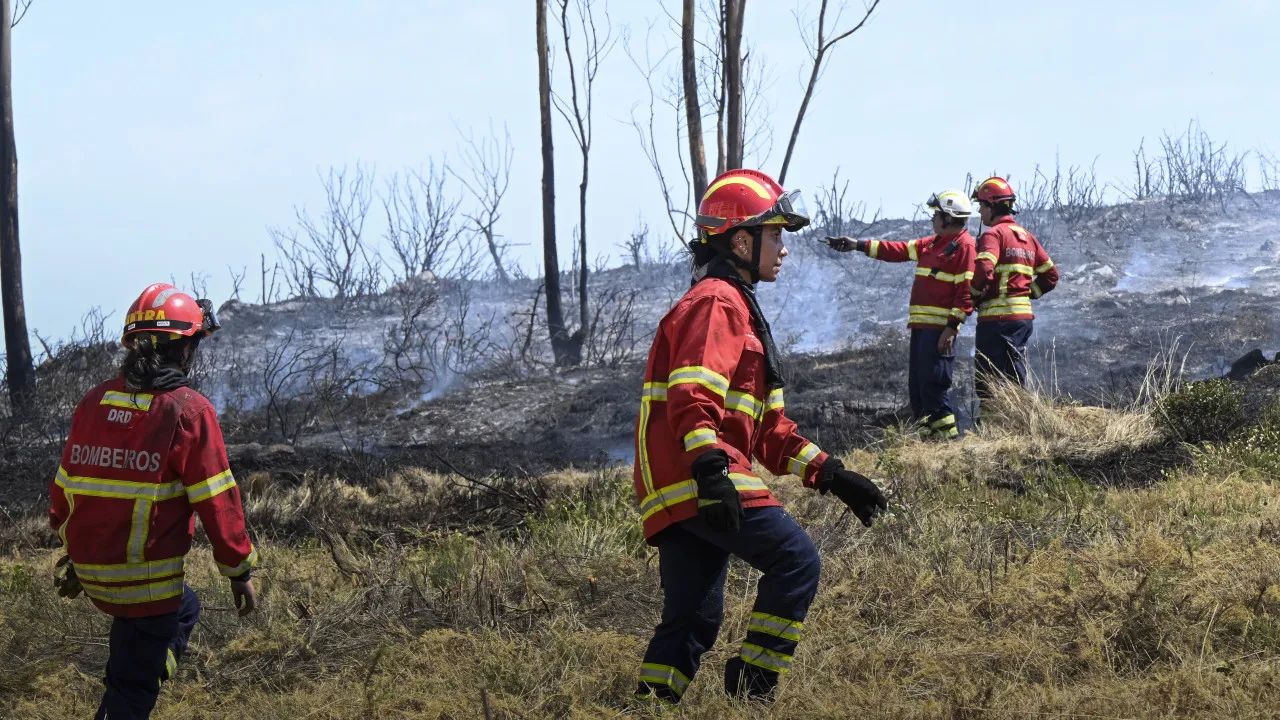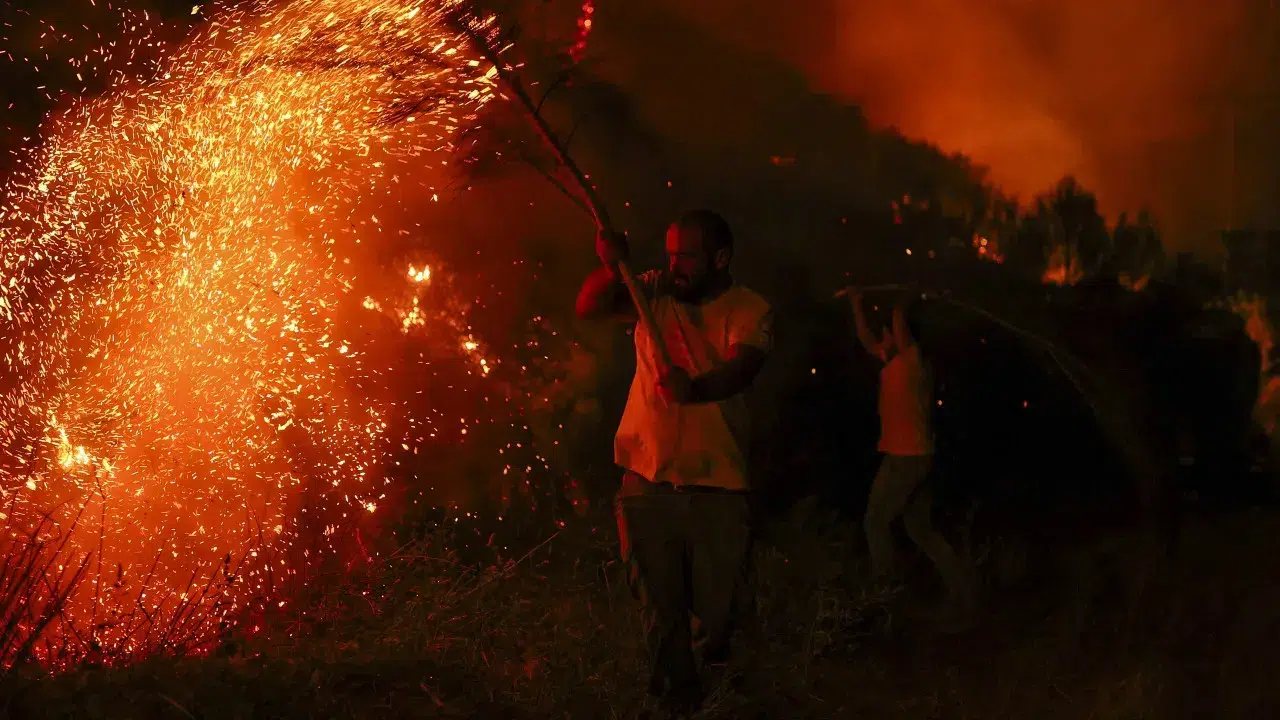
Communities such as Lagoaça, Fornos, Mazouco, Poiares, and Freixo de Espada à Cinta, in the municipality of the same name, along with Carviçais and Mós in the municipality of Torre de Moncorvo, and Estevais, Meirinhos, and Quintas das Quebras in the municipality of Mogadouro, were scorched by a fast-spreading fire, fueled by strong winds that hindered firefighting efforts.
Abílio Cordeiro from Lagoaça pointed to the desolate landscape seen from the Carrascalinho viewpoint, a sanctuary for cliff-nesting birds in the Douro International protected area in Freixo de Espada à Cinta, and remarked on the severe damage to olive groves, almond trees, vineyards, and orange orchards.
“The fire caused a lot of damage, a huge amount. It affected almond orchards, olive groves, vineyards, orange orchards, and forests. It’s a misery,” he said while gazing at the bleak scenery before him.
Fernanda Alves echoed these sentiments, commenting, “All this is a sadness.”
“You can see the whole field is black. This Carrascalinho viewpoint attracts many visitors for the view, and now they see darkness,” she emphasized.
Traveling from Carrascalinho to Mazouco, similar desolate scenes greeted onlookers. The heart of the Douro International protected area, Portugal’s second-largest park, was devastated, severely damaging its ecosystem.
Arménio Vilaça reported that flames in Mazouco reached heights of over 50 meters, consuming everything in their path, though fortunately, winds blew in a direction away from this settlement in the Douro International Natural Park.
“On either side, the fire surged and only stopped at the Douro River, destroying many crops, such as vineyards and orange orchards. The entire forest was lost. The wind was very strong,” he said.
Travelers on the National Road (EN221) and National Road (EN220) between the municipalities of Freixo de Espada à Cinta, Torre de Moncorvo, and Mogadouro in the district of Bragança quickly noticed the trail of destruction: burned communication and electricity poles and melted cables, necessitating technical intervention to restore normalcy.
The fire at one point had three major active fronts, alarming and unsettling various populations across these three municipalities in Douro Superior, with notable destruction and burnt land exceeding 10,000 hectares.
In the village of Mós, Torre de Moncorvo, residents gathered in a local square recounted that abundant rains earlier in the year had fostered vegetation growth, which was not cleared in time and fueled this rural fire.
In Carviçais, also in Torre de Moncorvo, conversations turned to firefighting coordination among a group of men discussing the topic under a tree beside the old railway line.
“There are vehicles from the Porto area, and they’re just sitting. Down below, it’s burning, and it’s not clear why. The tracked machines have been a great help near the village,” they noted.
Near 400 firefighters, supported by over 140 vehicles and eight tracked machines, were deployed in the operation.
Firefighters on the ground contended with another issue: smoke and dust lingered for nearly three days during the fire, grounding aerial efforts and prompting a strategic shift to deploy land resources and emphasize tracked machinery.
The National Authority for Emergency and Civil Protection (ANEPC) reported that as of 16:30, 208 operatives, supported by 68 vehicles, were still active.
Mainland Portugal has contended with numerous forest fires since July, particularly in the North and Center, amid high temperatures that led to a state of alert beginning August 2.
Fires have resulted in two deaths, including a firefighter, and several injuries, mostly minor, and have destroyed or partially damaged first and second homes, as well as agricultural and livestock businesses and forest areas.
Preliminary official data indicates that by August 17, 172,000 hectares had burned, surpassing the entirety of land burned in 2024.

